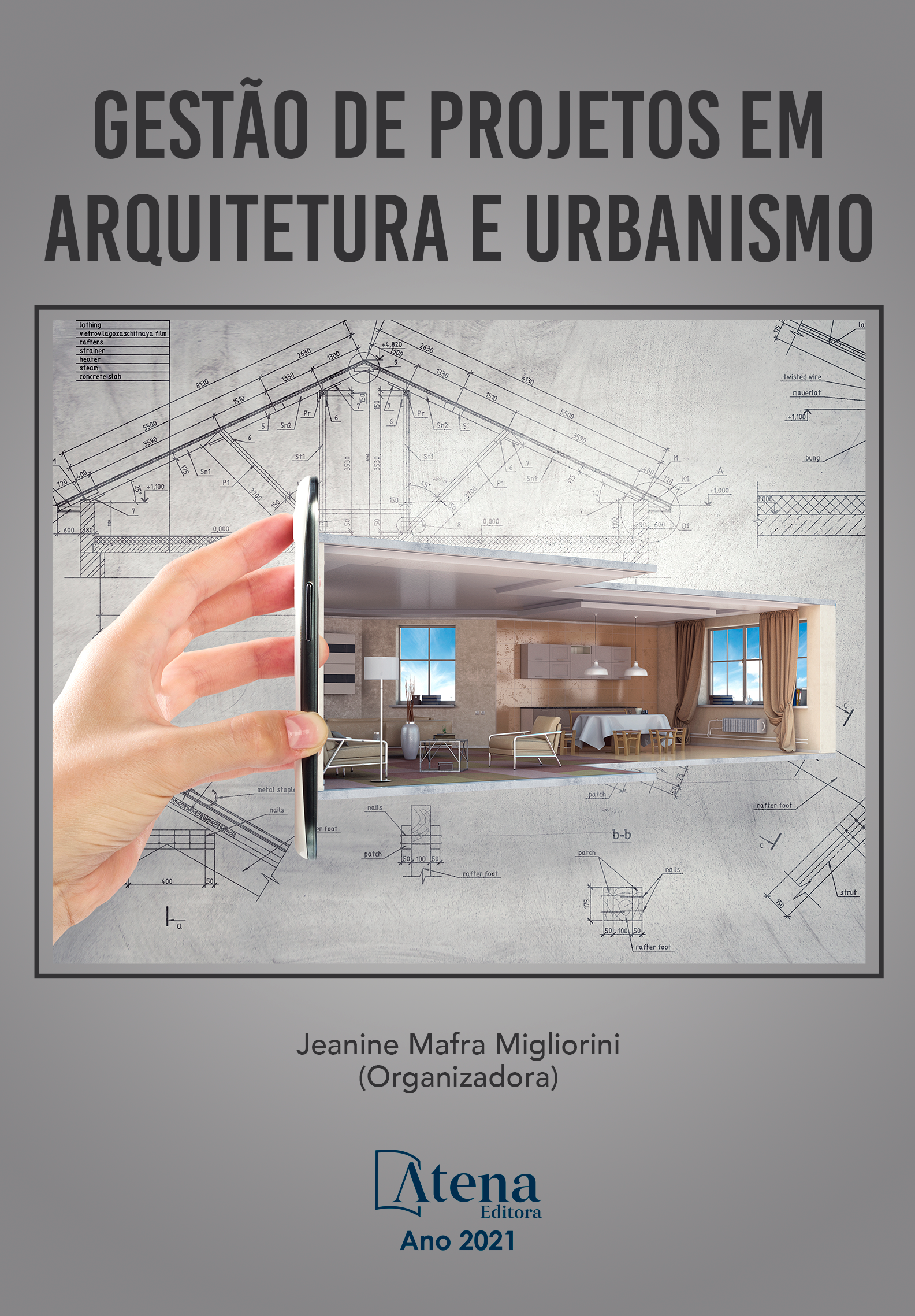
A IMATERIALIDADE PALAFÍTICA E AS ESTRATÉGIAS BIOCLIMÁTICAS PARA VILA DE PARICATUBA-AM
As palafitas, erguidas no entorno dos rios, lagos e igarapés, são habitações tradicionais da cultura ribeirinha cuja arquitetura pressupõe um diálogo com o ciclo das águas. É comum entre as habitações do Amazonas, sendo em geral construídas às margens dos rios, onde as inundações sazonais causam prejuízos para a população e o estado. O estudo propõe analisar a arquitetura vernacular do tipo palafita, definir estratégias bioclimáticas, investigar tecnologias e materiais sustentáveis para projetos arquitetônicos de edificações, na vila de Paricatuba Iranduba/AM. O trabalho foi realizado através da pesquisa bibliográfica de base teórica de abordagem qualitativa e quantitativa, bem como realizadas pesquisas de campo. A partir disso, definiram-se estratégias e materiais que podem ser inseridos nas edificações: iluminação natural, energia solar fotovoltaica, resfriamento evaporativo, reaproveitamento da água da chuva, separação/destinação dos resíduos sólidos, fossa biodigestor elevada, vigas de madeira-concreto, madeiras regionais e telha cimentícia reforçadas com tecido de fibras. É grande a perspectiva do resgate da arquitetura vernácula tipo palafita como uma preservação do modo de habitar da população ribeirinha, considerando que grande parte da população local ainda guarda valores culturais e históricos.
A IMATERIALIDADE PALAFÍTICA E AS ESTRATÉGIAS BIOCLIMÁTICAS PARA VILA DE PARICATUBA-AM
-
DOI: 10.22533/at.ed.8572111024
-
Palavras-chave: Arquitetura bioclimática, palafita, vila de Paricatuba, tecnologias, Amazonas.
-
Keywords: Bioclimatic architecture, stilt, Paricatuba village, technologies, Amazonas.
-
Abstract:
The stilt, erected around the rivers, lakes and streams, are traditional dwellings of the riverside culture whose architecture presupposes a dialogue with the water cycle. is common among the dwellings of the Amazon, being generally built on the banks of rivers, where seasonal floods cause damage to the population and the state. The study proposes to analyze vernacular architecture of the stilt type, to define bioclimatic strategies, to investigate technologies and sustainable materials for architectural projects of buildings, in the town of Paricatuba, Iranduba / AM. The work was carried out through bibliographic research with a theoretical basis of qualitative and quantitative approach, as well as field research. From this, we defined strategies and materials that can be inserted in the buildings: natural lighting, photovoltaic solar energy, evaporative cooling, reuse of rainwater, separation / disposal of solid waste, elevated biodigestor pit, regional woods and cementitious tile reinforced with fiber fabric. The prospect of the rescue of stilt vernacular architecture is great as a preservation of the way of living of the riverside population, considering that a large part of the local population still holds cultural and historical values.
-
Número de páginas: 13
- Maria de Jesus de Britto Leite
- Diana Soares Costa


